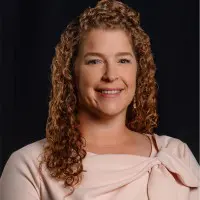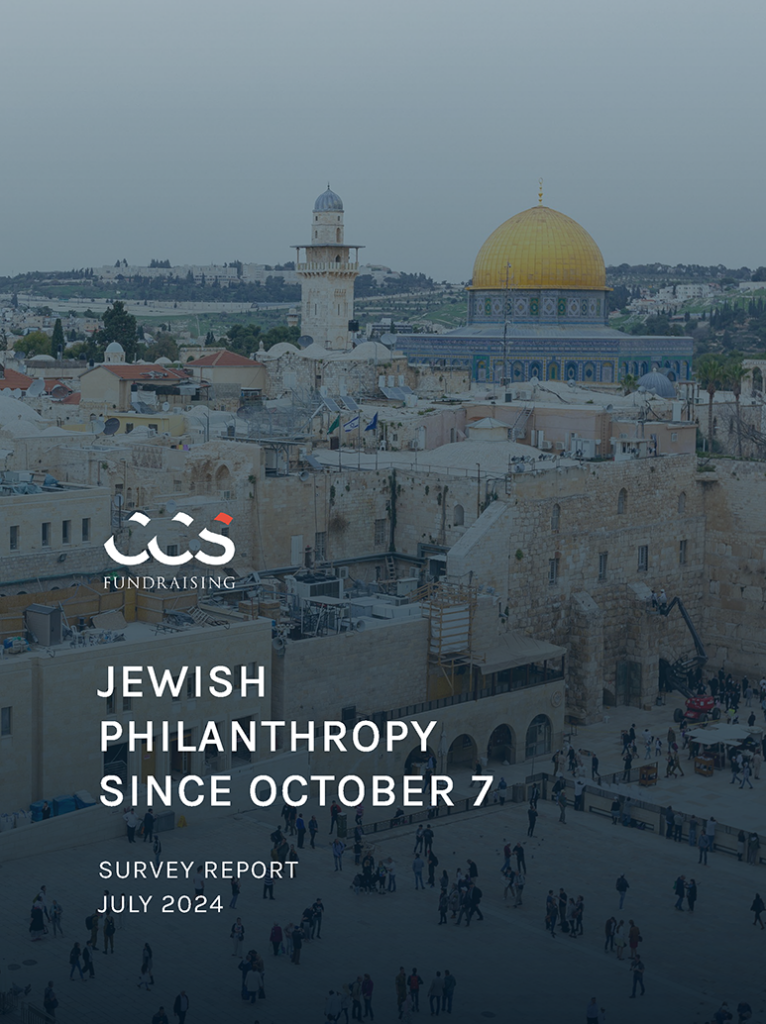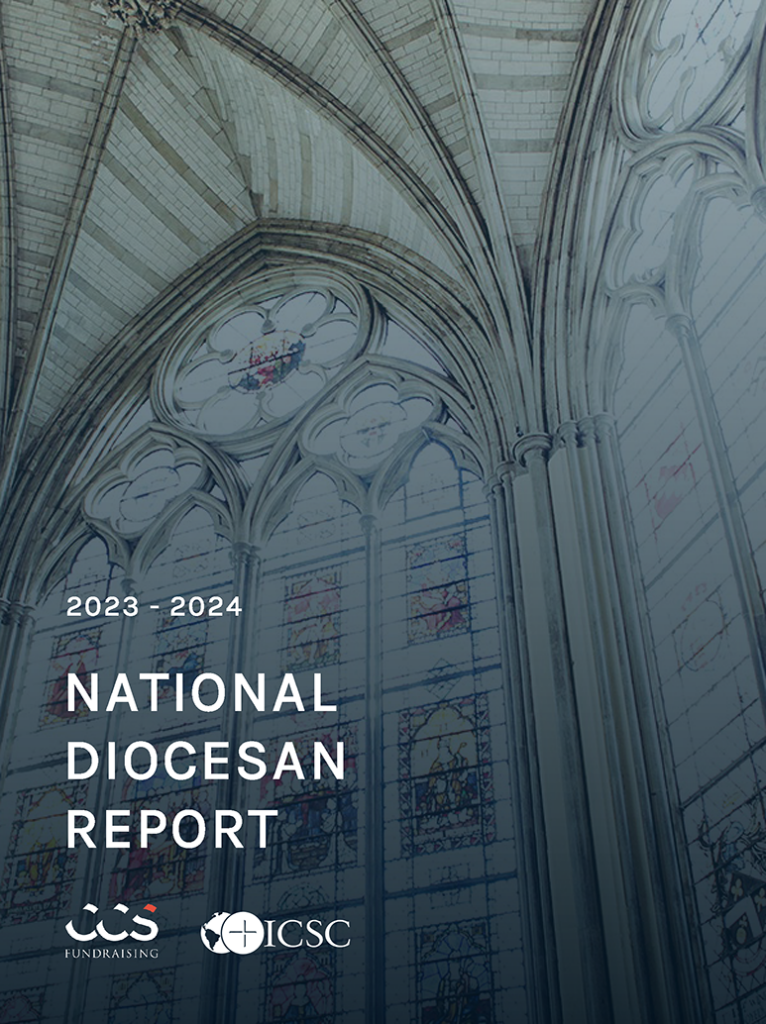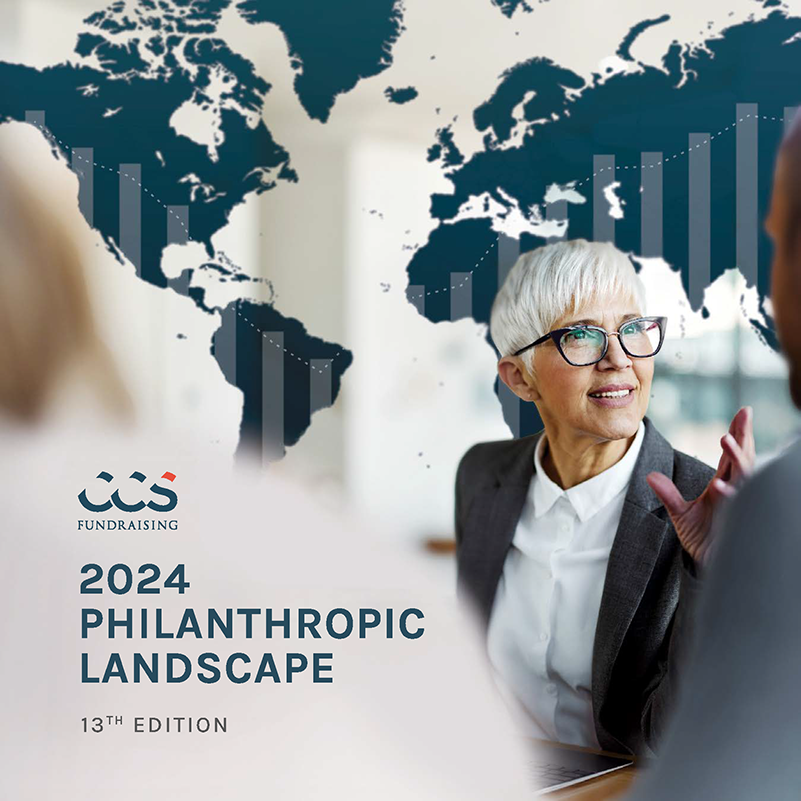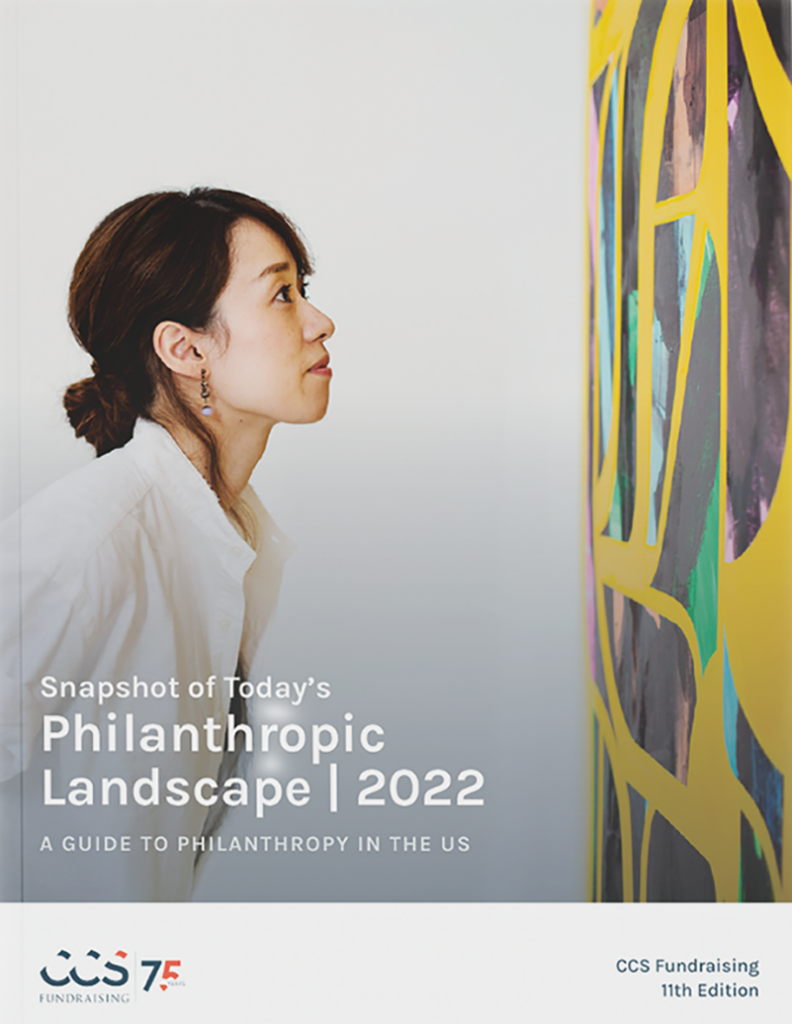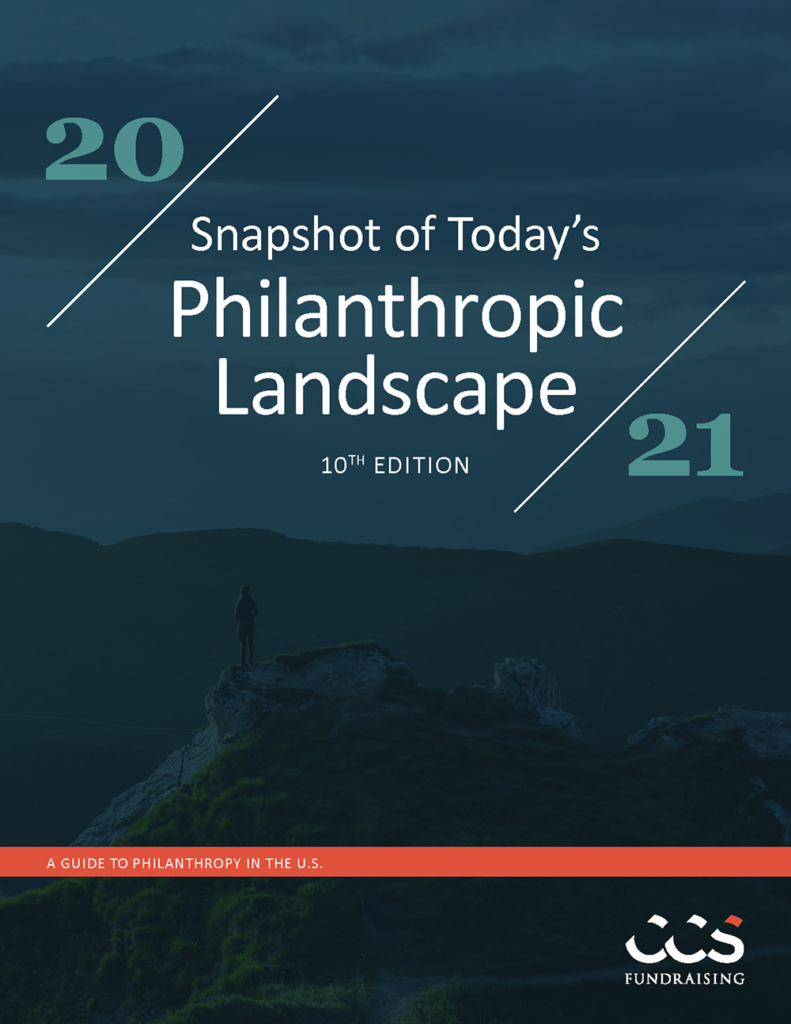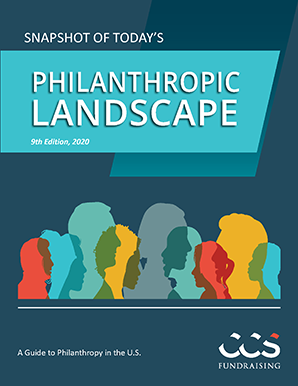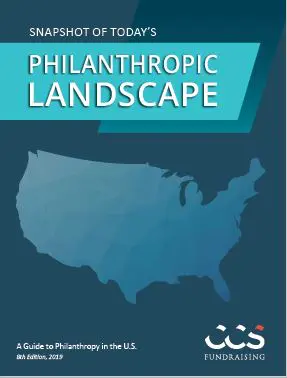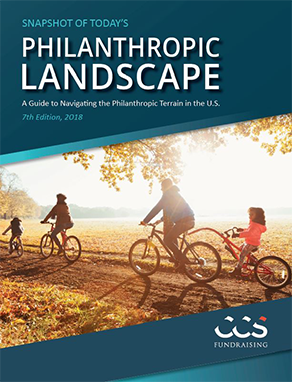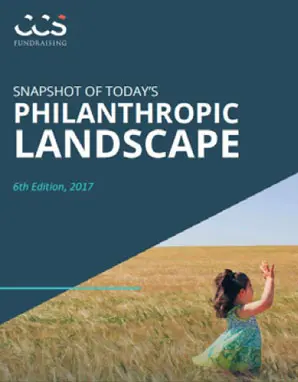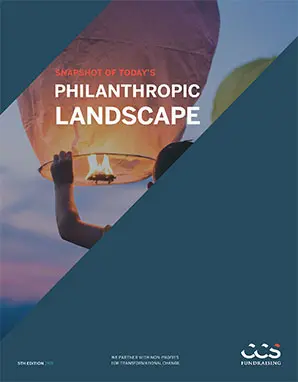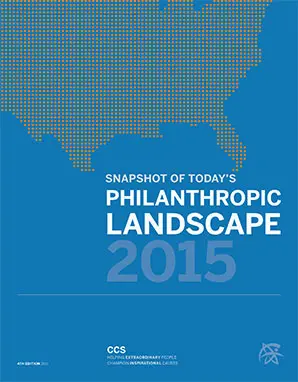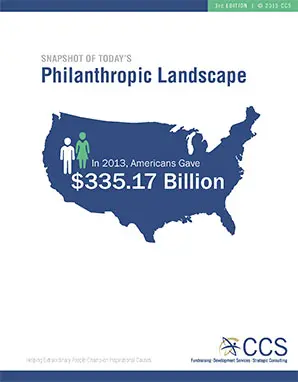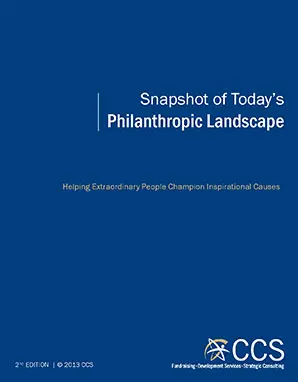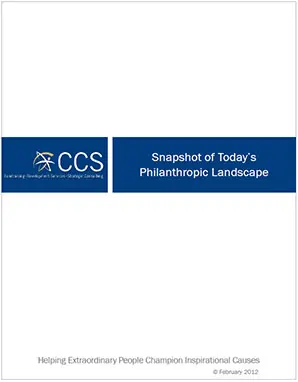The 2024 presidential election of Trump was set against a backdrop of economic and political uncertainty. Economic volatility, including inflation and fears of a potential recession, can create a challenging environment for fundraising. With policy shifts on the horizon and diverse donor bases to consider, it is crucial for fundraising professionals to proactively adapt their strategies. This article explores how the election may influence higher education fundraising while offering actionable insights for navigating this season of change and uncertainty.
All nonprofits, especially higher education institutions, must prepare for the ripple effects this season may have on their fundraising efforts. The impact of Trump’s education and economic policy agendas, combined with political polarization, can make fundraising seem unreliable. Amidst challenges, one thing is certain: Americans are inherently generous, underscored by the $577.2B given to charitable causes in 2023. Generosity endures, even in times of upheaval, from pandemics, to elections, to recessions. In fact, charitable giving grew in 90% of the last 10 election years.
As advancement professionals, you can capture this generosity by staying proactive in your preparation and remaining aware of any changes on the horizon.
Preparing Your Fundraising Team
Advance Relationship-Centric Fundraising
Genuine connections, hyper-personalization, and prioritizing donor relationships over transactions are key. These relationships allow you to tailor your approach to each donor’s priorities and concerns while emphasizing the long-term impact of their contributions. This approach helps you navigate challenging subjects and secure sustained support.
Relay Urgency & Emphasize Immediate Impact
Donors may adopt a “wait and see” approach, delaying significant gifts until the political and economic climate stabilizes post-inaguration. Fundraising professionals must emphasize the immediate impact of donations and prepare for varying donor sentiments based on election outcomes. Highlighting how contributions immediately benefit students, faculty, and campus improvements makes for a compelling case for support.
Be Honest about the Influence of the 2024 Presidential Election on Higher Education Fundraising and mission
Changes in federal and state policy can lead to shifts in funding streams for many higher education institutions, presenting an opportunity to engage in discussions about why philanthropic support is essential. Often, philanthropy fills critical gaps, sustains mission-driven initiatives, enables transformational programs, and unlocks future potential for students. Creating fact-based, mission-focused talking points that highlight the connection between philanthropy and potential policy changes can help development officers respond to donor questions effectively.
Utilize Institutional Resources
Policy experts at your institution in public affairs, legal, or other departments can help with questions you may have about current or future state policies. Regularly engage these offices in the lead up and after the results of an important election. These departments can also help teams understand scholarship policy shifts.
Engage Younger Donors
As donor demographics shift, institutions need to engage younger alumni who prioritize different causes such as environmental and social justice issues. Tailoring fundraising messages and strategies to resonate with prospective donor values is essential for securing support from the next generation of donors.

Policy Changes on the Horizon
Issues at stake for the influence of the recent election on higher education fundraising will impact the philanthropic landscape, including higher education.
- Charitable Act Extension and Tax Policy Changes: This legislation, if extended, is expected to boost charitable giving by allowing more substantial tax deductions for donations. Conversely, changes in tax deduction caps and limits could impact the timeline or urgency of larger gifts from high-net-worth individuals. Fundraising professionals must stay informed about these changes to communicate the benefits of giving.
- Donor Advised Fund (DAF) Regulations: Policies that enhance the benefits and flexibility of DAFs might encourage their use, which can lead to more sustained and projected contributions.
Some policy issues will more specifically impact higher education fundraisers.
Staying informed and agile will enable your team to adjust strategy as needed and maintain donor support.
- Federal Funding for Higher Education: Cuts in federal support may require institutions to increase philanthropic fundraising to cover budget shortfalls. Conversely, increased federal funding could ease financial pressures, allowing institutions to focus on endowment building and other long-term goals. With potential changes on the horizon, institutional advancement leaders should prepare their teams to be adaptable.
- Local Policy Priorities: Be mindful of the policy priorities of local incoming officials. An administration’s focus can influence the availability of grant funding in specific sectors — whether for research, student financial support or relief, or the types of institutions that are prioritized for federal and state dollars. Pay close attention to these platforms and consider the opportunities and challenges each may present.
- Student Loan Policies: Enhanced loan forgiveness programs could reduce the financial burdens on graduates, potentially increasing their capacity and willingness to donate to their alma maters. Conversely, restrictive loan policies strain graduates’ finances. Being mindful of these changes will help you engage recent graduates or parents.
- Estate and Gift Tax Reforms: Policy that effects planned gifts can be particularly relevant to the higher education landscape, where endowed scholarship funds, positions, and programs are prevalent. Estate taxes may motivate donors to include charitable bequests in their estate planning to reduce tax liabilities. On the other hand, lower estate taxes might decrease the urgency for planned giving, affecting long-term fundraising prospects for universities. Staying aware of estate tax reform will help you carry out a targeted blended gift strategy.
Colleges and Universities can ensure fundraising excellence in 2025 and beyond
For fundraising professionals at universities and colleges, staying ahead of the influence of the recent election on higher education fundraising is crucial. By focusing on the specific needs and values of their donor base, higher education institutions can ensure continued financial support and success in their fundraising endeavors.
More Insights
Nonprofit Data Management: How to Turn Messy Data into Quality Insights
Learn simple steps you can take to manage your nonprofit’s data no matter where you are in your data health journey.
Elevate Your Major Gifts Fundraising Training with These Three Tactics
Strengthen major gifts fundraising training at your organization through capacity-building, sustainable learning practices.





